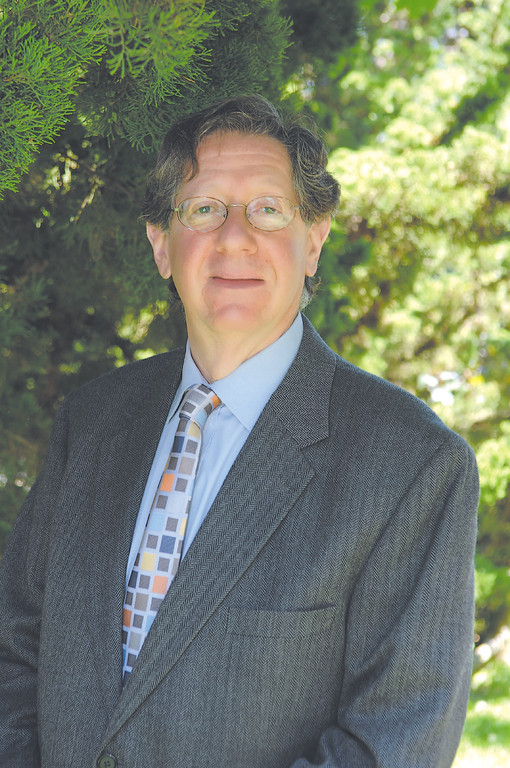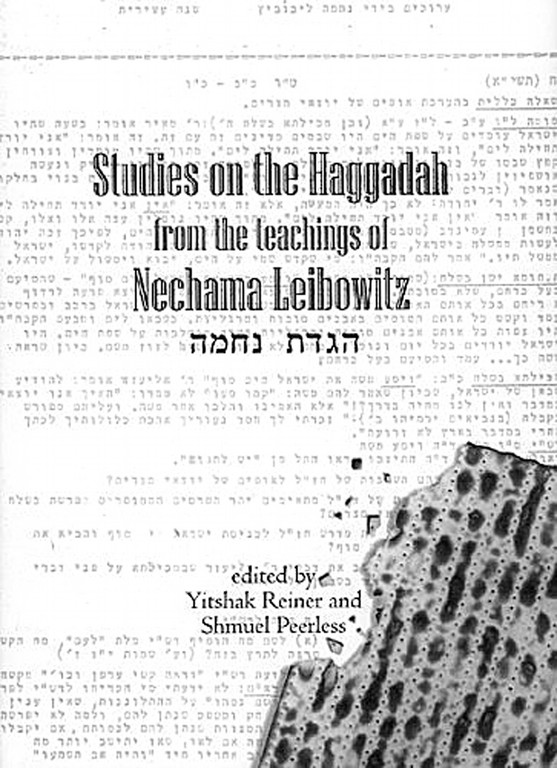The Kosher Bookworm: Nechama Leibowitz Haggadah and the Rav’s legacy
The Pesach seder is a ritual based upon questions. The evening’s proceedings begin with questions--four of them. And, even before the holiday, the teachings leading up to the holiday are enveloped with questions concerning observance, ritual, diet, and other cognate matters that make this season a rabbi’s delight at being the one most sought after for the correct answers.
This question and answer methodology as taught in the classroom of Nechama Leibowitz, a”h, whose 16th yahrtzeit is this week, can now be found in print in a unique Haggadah entitled, “Studies on the Haggadah from the Teachings of Nechama Leibowitz” edited by Yitzhak Reiner and Shmuel Peerless [Urim Publications].
Within this work is a carefully gleaned collection of supplementary sources taken from the teachings of Nechama Leibowitz, who was among the most distinguished Torah scholars of our era and whose instructional methods are still utilized by many Torah teachers. According to the book’s editors, “The cornerstone of her approach is the presentation of questions on the biblical text and relevant commentaries that require the learner to independently analyze and draw conclusions…that presented textual comparisons, stylistic literary analyses and commentaries with probing questions are designed to foster in-depth study of the sources. Nechama’s approach to Torah study is thus very compatible with the methodology reflected in the Haggadah.”
With that as prologue, this work utilizes Leibowitz’s works that relate to the Pesach story and the seder narrative and mainstream these readings and writings to fit in as a running commentary to the basic Haggadah text. This is especially germane to the Torah text and commentaries by Leibowitz from her commentary on the Book of Shemot, bringing together her question and answer method on Chumash to blend with the Haggadah narrative.
It should be noted that in just about each part of the section of Maggid, which is at the heart of this work, there is framed a “question” and “suggested answer” motif. That is what gives this work its uniqueness.

 61.0°,
Mostly Cloudy
61.0°,
Mostly Cloudy 







